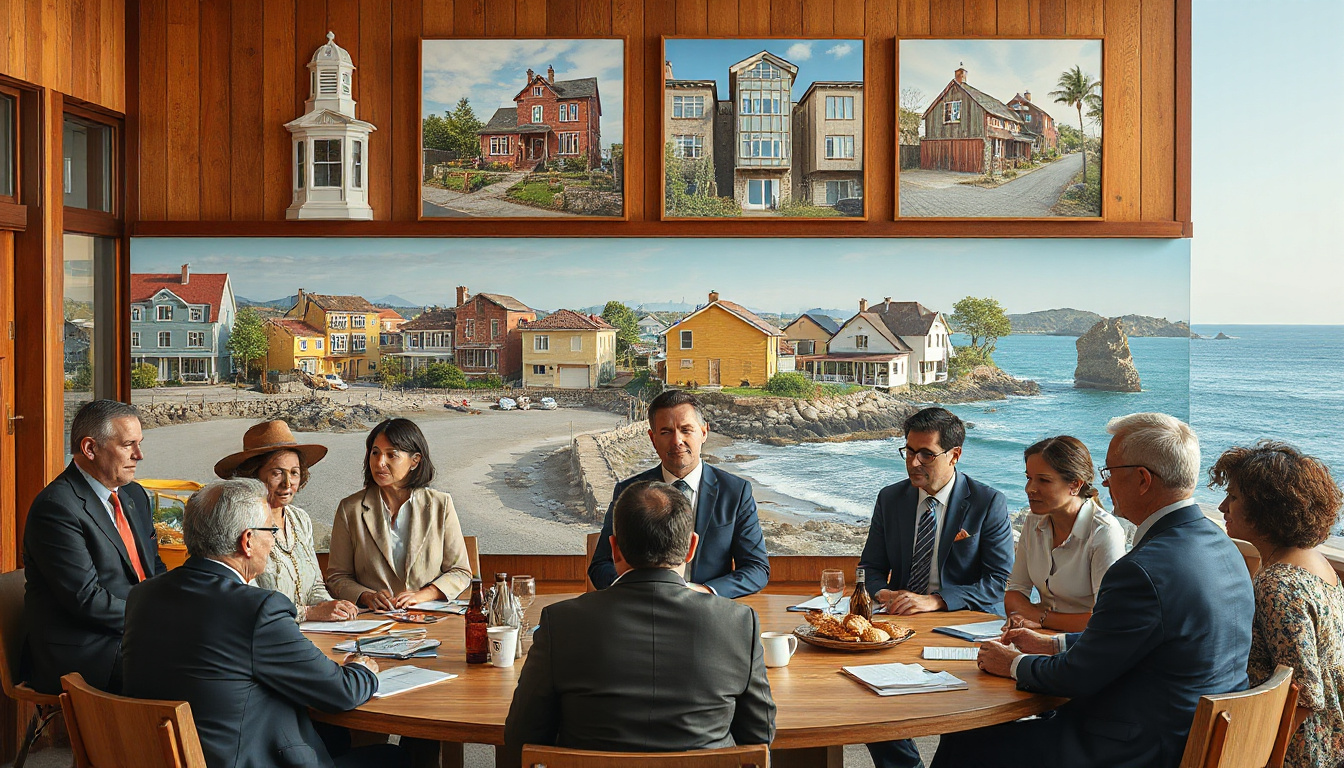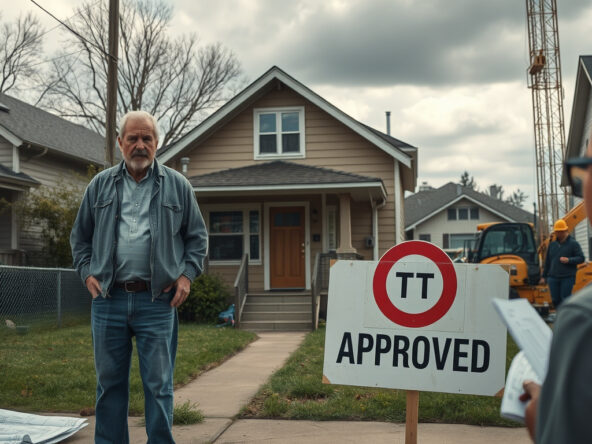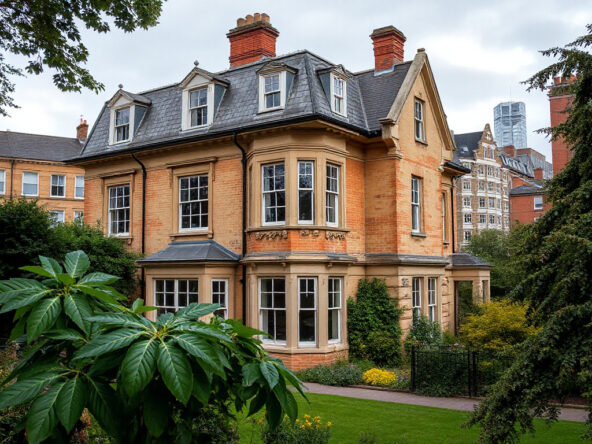Decision on Eastbourne Shared Housing Controls Approaching
Council members deliberate, decide, and act. Eastbourne shared housing, housing three to six residents, stands under review. The council chooses an Article 4 Direction. Members connect housing with planning; planning binds development. The measure controls small HMOs. It directly links property conversion with permission. Conversion without planning once flowed; permission now shortens freedom. The dependency runs: council → decision, decision → control, control → planning, planning → conversion.
Current Development Rights
Property owners convert single-use homes into shared HMOs—three to six residents link independently. The council’s discussion anticipates an Article 4 Direction. Conversion rights, once granted, vanish on July 30. Future conversion, conversion tied to planning, depends on applications. The dependency stays clear: owner → conversion; conversion → permission; permission → planning.
Purpose of the Regulations
The council assigns management to control local impacts of small HMOs. Affordable housing stays in the dialogue—students, young professionals, and others connect to cost. Local quality of life links to neighborhood standards. Regulation nests into community impact. The dependency chain unfolds: regulation → management; management → impact; impact → quality; quality → neighborhood.
Impact and Implementation
If the Article 4 Direction activates, select Eastbourne wards become the focus. Devonshire, Meads, Upperton, and part of St Anthony’s ward register as controlled. Existing HMOs, though, remain as they were. Property owners, linking legality to safety, seek a Certificate of Lawful Development. The dependency forms: decision → ward; ward → control; control → legality; legality → certificate. Public consultations ran last year, feedback tied to community and new planning policies. New plans connect conversion size and community impact in the structure.
Existing Licensing Framework
The council runs a licensing scheme. It covers larger HMOs with five or more unrelated residents. Safety and compliance bind these properties tightly. The dependency here: scheme → licensing; licensing → regulation; regulation → compliance; compliance → safety.
Summary
The Eastbourne Borough Council stands on a decision point. The council, shared housing, and planning interlink tightly. An approved Article 4 Direction converts free conversions to regulated planning. Planning, acting as the gate, secures housing development under strict dependency. The chain persists: decision → planning; planning → regulation; regulation → housing development.



